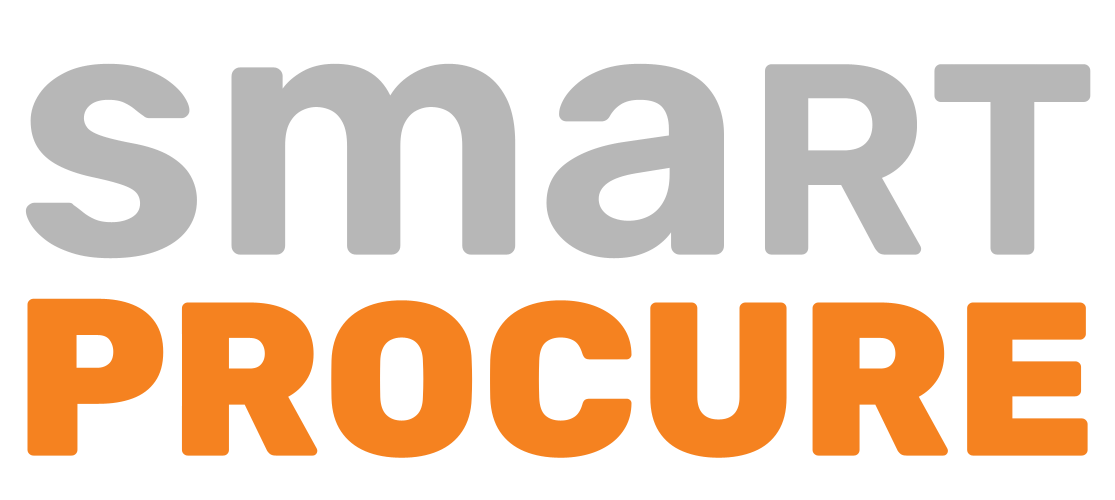Whether you are a buyer or a supplier, there is always a risk of fraud. It’s in your hands to manage this process in the best way possible!
There are certain instances in business life where fraud, both large and small, can find you or pass you by. If you’re lucky, you can avoid the risk of fraud with small losses. If you are unlucky, this will return to you and your business in great losses.
What if there were things you could do to prevent these risks? You can prepare yourself by taking measures and recognizing the risks of fraud in procurement. How?
First of all, you have to allow this to happen in order for fraud to occur. If you don't allow it, there will be no fraud. This is what happens when you make concessions to people you don't trust, money transferred and opportunities. This is why it is important to maintain relationships with suppliers. You need to be careful with the people you delegate the responsibility and authority to. This is as important for the supplier as a procurement manager. Procurement managers should exercise caution regarding suppliers, procurement specialists or their staff. Suppliers must also seize trade confidence against the purchasers with which they work.

The fraud is generally categorized misappropriation/embezzlement, fraudulent accounting financial reporting and corruption. Your direct costs are directly at risk when you’re a fraud victim. Other effects to be considered at this point arise:
-
Staff morale is affected if management allows corruption, fraud and fraud.
-
If you are a good employee, you don’t want to work in a workplace where fraud is common.
-
It’s also damaging to business reputation, and your relationships with suppliers, customers, competitors and other business partners will be affected negatively.
There are many examples of fraud. Some include:
-
Using business resources personally,
-
To create ghost employees or to transfer to bank accounts without deleting records of former employees by presenting these ghost employees’ money as salary;
-
Create fake suppliers and commit the payment to the fraudulent bank account,
-
Blown / fraudulent repayment claims,
-
Using business credit cards and work accounts for special purchases,
-
Provision of discounted or free goods or services for friends or partners,
-
Create fraudulent purchase orders through a bona fide supplier and modify fraud bank account information and provider bank account information.
Less risk, more trust
Get a secure working model with SmartProcure’s advanced reporting system
If You Want Call First
Fraud risk management requires you to ensure robust internal controls at your workplace and that a supervisory system is in place for fraudulent activities at all times.
Together with internal control and design, execution is important to minimize and prevent fraud potential. Successful implementation of these internal controls requires a top movement. This means that it is necessary to have the voices of one senior executive who will support these procedures and risk management.
It is important that during the day employees are in charge of what they do and have people follow up on them. However, you must keep this risk management going and keep it up to date at intervals and make appropriate changes. Furthermore, it must be ensured that the people in the purchasing department and all coordinated departments, and even in all workplaces, apply policies and procedures correctly, regardless of seniority. And be held accountable for their actions.

To ensure a smooth running of the process, you can create fraud risk management for illustrative purchases by:
-
Creating a positive work is motivating and beneficial,
-
Control procedures should be documented and each employee’s procedures accessible with zero tolerance conditions. In addition, related reports should be regularly submitted to senior management.
-
Behavior codes should be created,
-
Separate from duty, no one should be fully responsible for a job.
-
Authorization checks are undertaken
-
When whistle blowing policy is used to detect the risk of fraud, there should be an environment or a means of communication in which employees can blow whistles anonymously,
-
Creating an organization chart
-
Apply a comprehensive employment policy,
-
Monitoring employee behavior,
-
Carry out regular accounting comparisons and analyzes,
-
Implementing audit processes,
-
Performing physical access controls with cameras or imaging monitors,
These take risks to employees, whereas suppliers, managers or employers also
-
Customer complaints,
-
Regular reviews of actual supplier information and bank account information,
-
Invoice reviews,
-
Payroll comparisons of worker registrations for the Purchaser,
-
Single payments with original invoice,
-
Review financial statements regularly
-
The inaccurate prices that the suppliers charge you,
-
Failures during the procurement period,
-
You are not allowed to see or control the product to be supplied,
-
Fake promissory notes and checks transactions,
-
Dishonored checks,
could meet you. You can extend these lines even further and create your own risk management for the procedure you have created.
